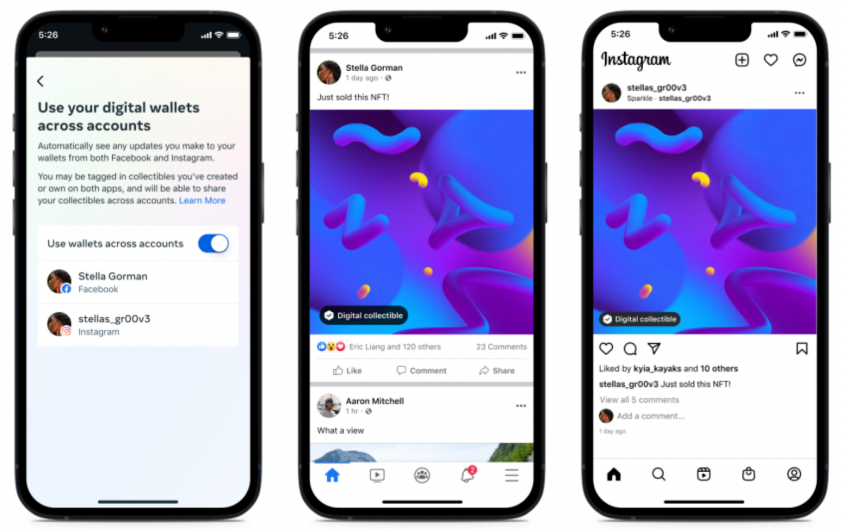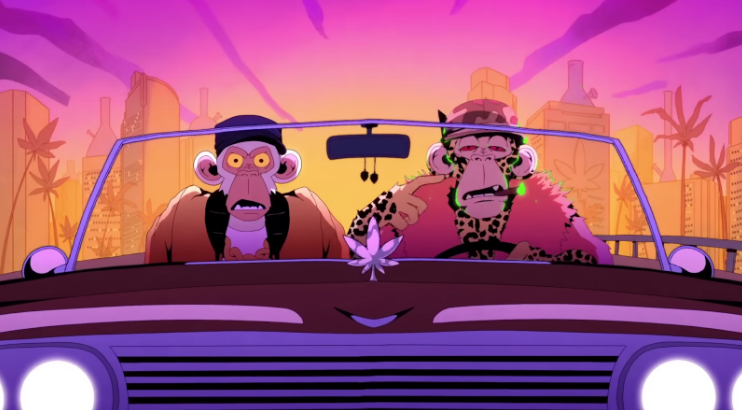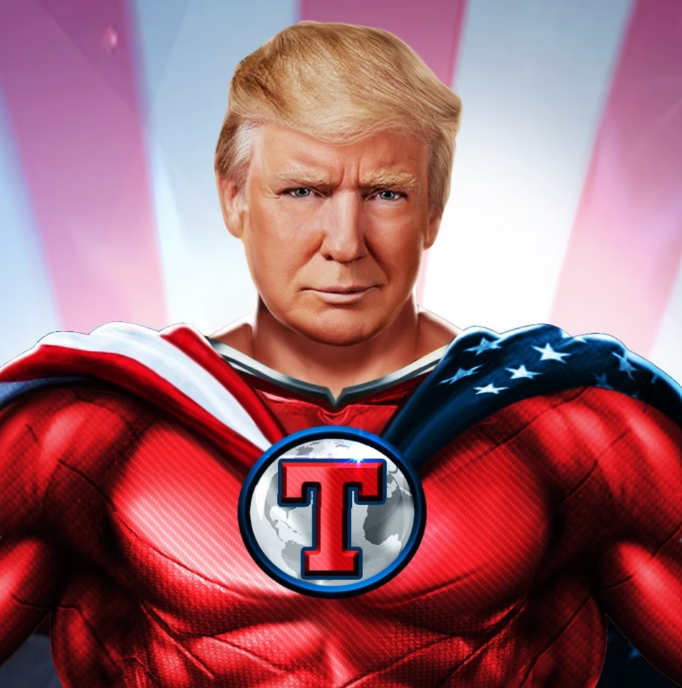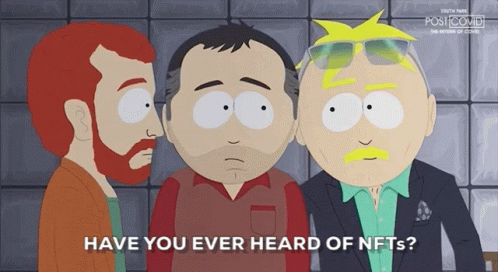| | Between now and the New Year, the CoinMarketRecap podcast is doing something a little different. Connor and Molly Jane are counting down the biggest crypto stories of the year in a new series called the CMC 50. You can find us on Apple Podcasts, Spotify and Google Podcasts. And you can also change the rankings of the CMC 50 by voting through our interactive list! |
|
|
| | Back in March 2021, Beeple was riding high after selling an NFT for $69.3 million. Nonetheless, he warned the industry was overheating — and the bubble would burst. The artist turned out to be right, and 2022 has been a challenging year for the sector. But while trading volumes have plummeted, all while dragging down the value of top-tier NFTs, it hasn't all been bad news. |  | 1. NFTs have come to Instagram and Facebook. It's difficult to overstate how significant this could be for adoption — introducing digital collectibles to billions of people. What remains to be seen is whether the arrival of Web2 giants in the NFT space will have an impact on established marketplaces such as OpenSea.
2. And other big brands are also getting involved. Starbucks has unveiled a bold Web3 strategy as it looks to reward loyal customers in new ways. Nike's bet on NFT sneakers has paid off hugely, delivering hundreds of millions of dollars in profits. Even Liverpool FC released a collection inspired by their top-flight team.
3. But not everyone is a fan. The WWF faced a backlash after it unveiled "non-fungible animals" — despite the fact this collection aimed to raise money for charity. And Team17 abandoned plans to offer NFTs inspired by the Worms video game after some indie game studios threatened to boycott them.
|  | 4. New applications emerged. Eminem and Snoop Dogg transformed into Bored Apes in a music video. Tiffany & Co. unveiled limited-edition pendants based on CryptoPunks that sold out in under 20 minutes. And NFTs are increasingly making their way into TV shows. Demand for digital art has fallen, but there's a lot of experimentation going on.
5. History was also made. One of the most exciting applications for NFTs is music. This year, the British rock band Muse released their latest album in NFT form — and it subsequently shot to #1 in the charts. Other artists are tokenizing their songs so loyal fans can support them and get a share of the royalties.
6. Phishing attacks remain a huge problem. Discord and Twitter channels belonging to OpenSea and Beeple were compromised this year — with countless NFTs stolen. Actor Seth Green ended up paying through the nose to be reunited with his Bored Ape — "Fred" — because it was about to appear in an upcoming TV show.
7. Criminals cash in on the craze. Two men were charged with defrauding investors out of $1 million, and were arrested as they planned to strike again. And a former OpenSea executive is awaiting trial accused of "insider trading" (a term he disputes) after allegedly buying NFTs before they appeared on the marketplace's homepage.
|  | 8. Fiat became an increasingly popular payment option. In an attempt to broaden the appeal of NFTs, the likes of OpenSea and Coinbase made efforts to ensure NFT enthusiasts can make purchases through credit cards. You could argue that this was a missed opportunity to educate the public by making crypto transactions simpler.
9. NFTs are (gradually) becoming greener. Ethereum is the undisputed market leader when it comes to releasing NFTs — and The Merge has dramatically reduced the carbon footprint and energy consumption of this blockchain. Despite this, it might not be enough to win round critics who wonder how clip art rock can be worth over $1 million.
10. Some pretty surprising collections have dropped, too. Donald Trump was quite a vocal critic of cryptocurrencies when he was president. But that hasn't stopped him from releasing his very own NFT collection. They cost $99 each and featured Trump as an astronaut and a racing car driver. So that's nice.
|
|
|








0 Comments